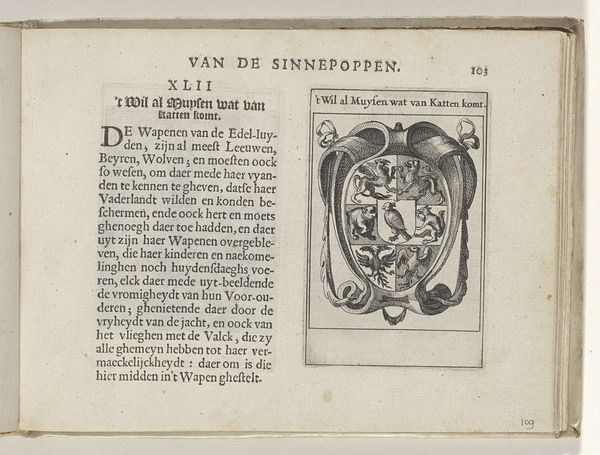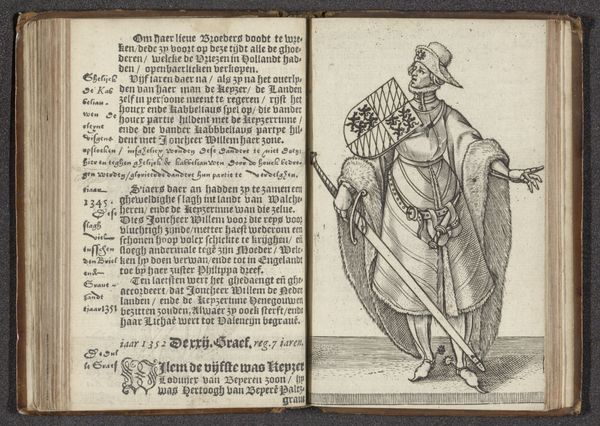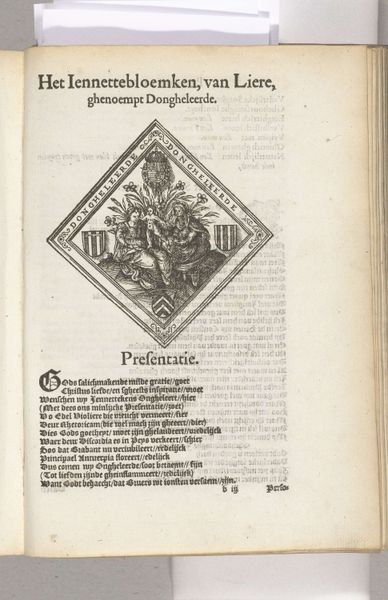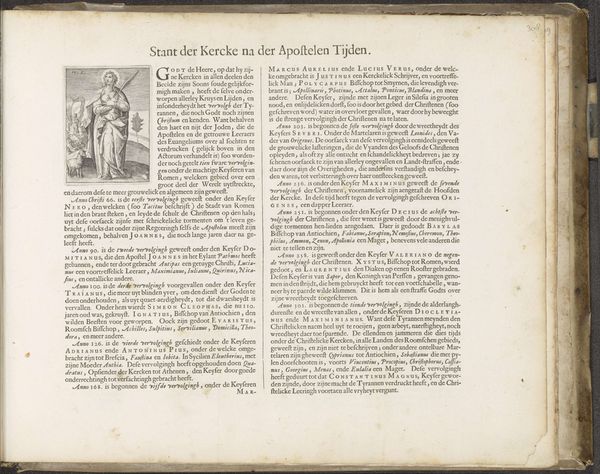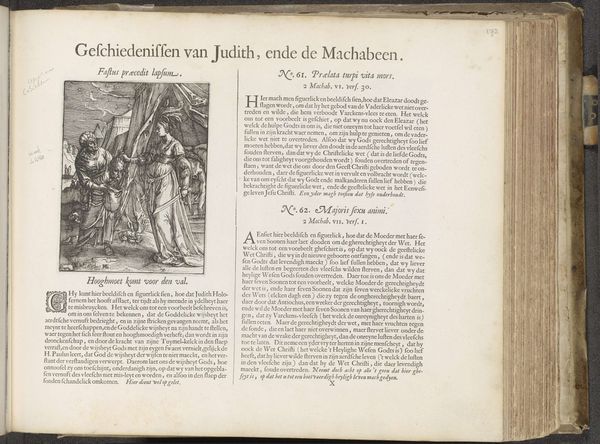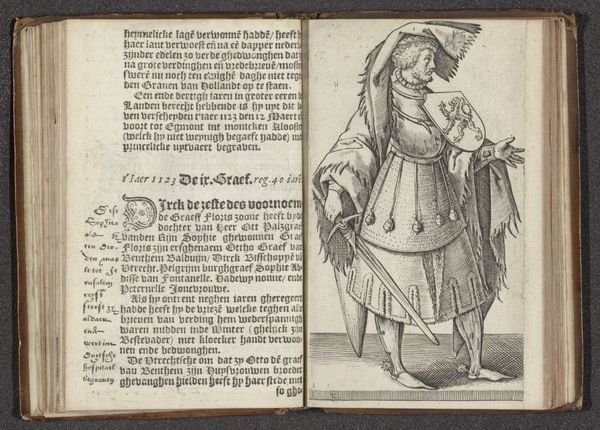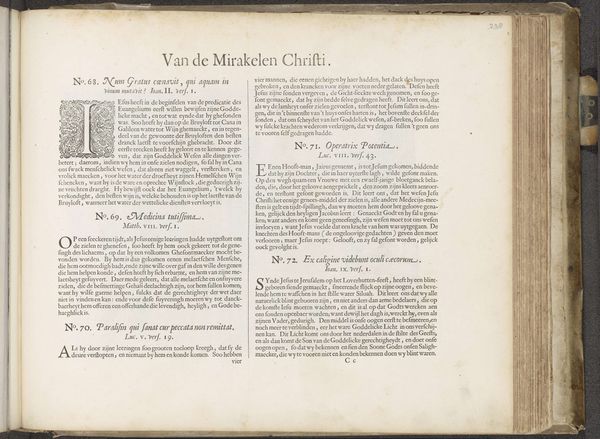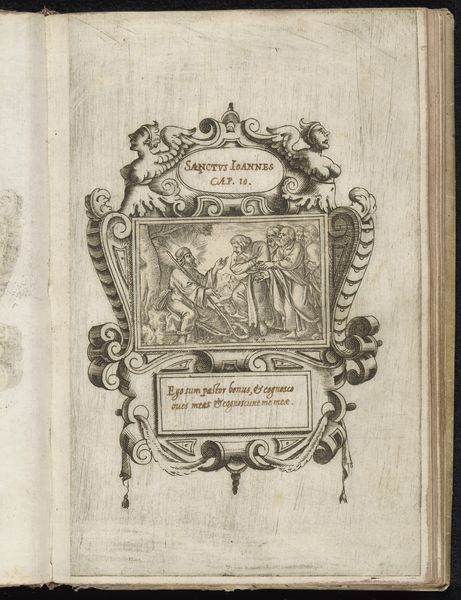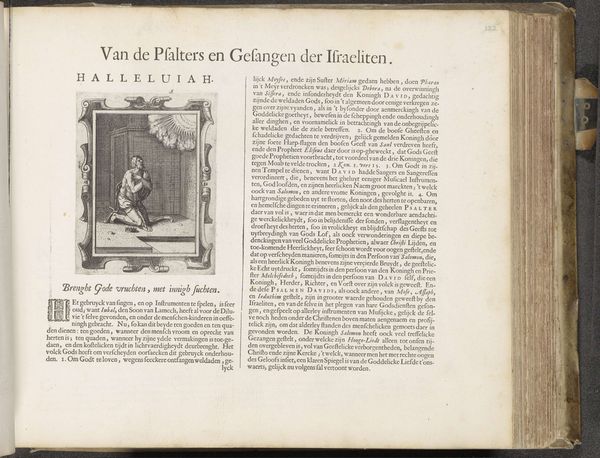
print, engraving
#
portrait
#
baroque
# print
#
coloured pencil
#
ancient-mediterranean
#
engraving
Dimensions: height 183 mm, width 119 mm, height 294 mm, width 370 mm
Copyright: Rijks Museum: Open Domain
This portrait of Alexander the Great, made by an anonymous artist, likely dates from the 17th or 18th century. It's an engraving, a printmaking process that involves cutting lines into a metal plate, inking the plate, and then pressing it onto paper. The crisp, precise lines of the engraving lend the image a sense of authority, befitting the depiction of a powerful ruler. Yet, the printmaking process itself speaks to a different kind of power – the power of reproduction and dissemination. Engravings allowed images and ideas to be spread widely, contributing to the construction of historical narratives and the shaping of public perception. Consider the labor involved: the skilled hand of the engraver meticulously carving the image, the press operator producing multiple copies. This was a commercial process, feeding a growing market for images and information. By understanding the materials and techniques used to create this portrait, we gain insight into the social and economic context in which it was made and circulated.
Comments
No comments
Be the first to comment and join the conversation on the ultimate creative platform.



